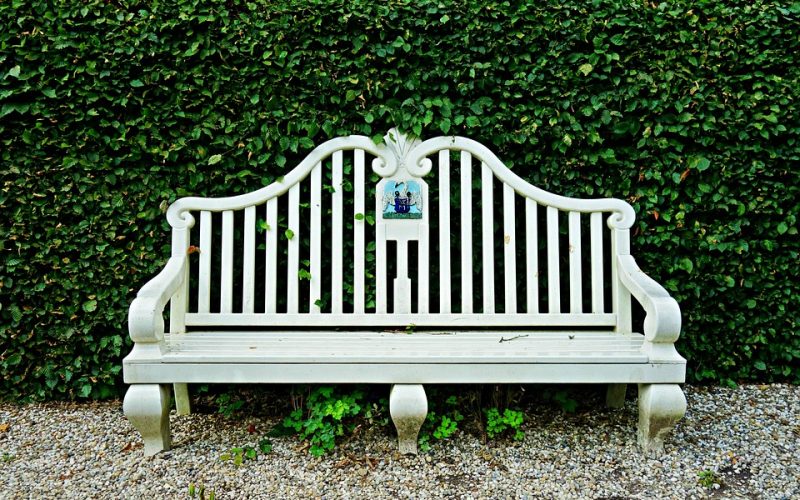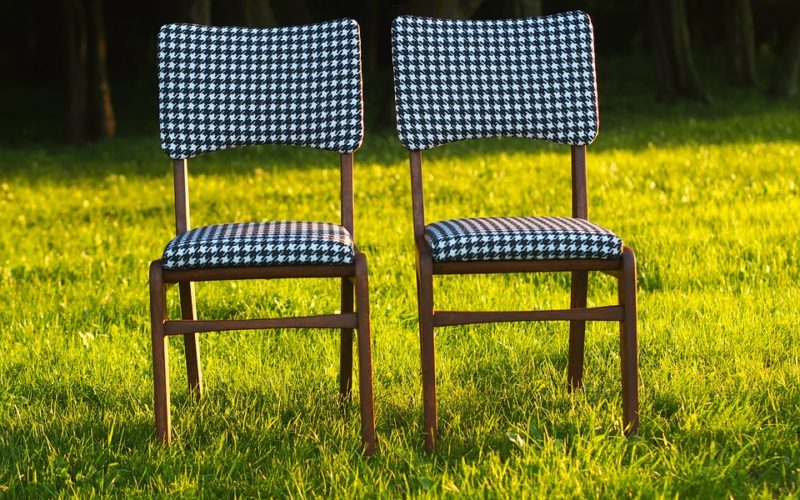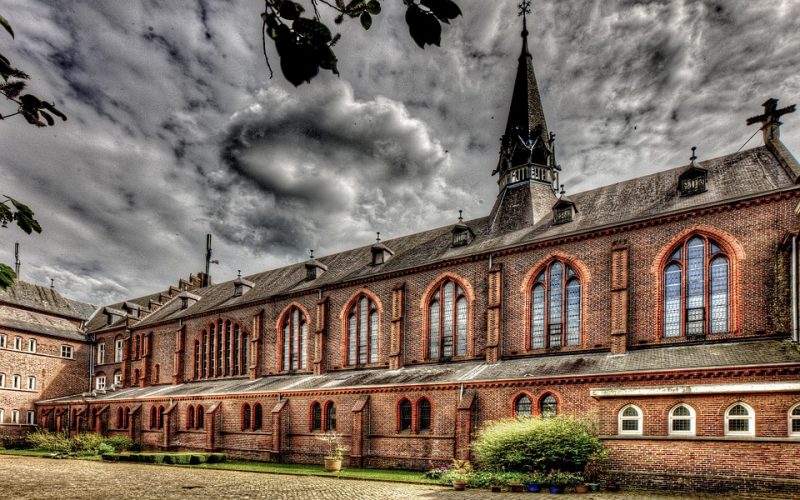Allure of Art Deco
The Art Deco movement, which peaked in the 1920s and 1930s, marked an era of elegance, modernity, and luxury. Ceramics and glass played pivotal roles in shaping the style's aesthetic, acting as both functional and decorative elements. These materials, characterised by their versatility and wide-ranging applications, helped define the sleek, geometric designs for which Art Deco became famous. From architecture to interior decoration, ceramics and glass brought the movement's commitment to innovation and artistry to life.
Materials that defined an era
Central to the production of ceramics and glass during the Art Deco period were raw materials such as China clay, silica sand, and, increasingly, recycled glass. China clay, prized for its purity, was vital in the creation of fine ceramics. This material allowed for the production of glossy surfaces and detailed mouldings, key features of Art Deco ceramics. Meanwhile, silica sand, a primary component for glassmaking, enabled the era's use of brightly coloured glass and intricate panels. Emerging at this time, recycled glass became a notable alternative, reflecting the progressive ethos of reusability and efficiency, even in a period focused on luxury.
Ceramics in Art Deco interiors and architecture
Ceramic tiles were a hallmark of Art Deco interiors and exteriors. These tiles often featured bold, geometric patterns or stylised natural motifs such as sunbursts, chevrons, and florals. Their exquisite colour palettes, typically earthy yet punctuated with metallic glazes, evoked a sense of refined glamour. Architectural facades also gained prominence through the use of ceramic cladding. Durable and visually striking, this material combined form with function, enhancing both the structural integrity and decorative appeal of buildings.
Similarly, ceramic ornaments and accessories became key elements in homes. Lamps, vases, and even figurines crafted from clay exemplified the clean lines and symmetrical patterns synonymous with the movement. These decorative pieces not only filled space elegantly but also brought a tactile warmth that balanced the sleekness of other materials like steel and glass.
The brilliance of Art Deco glass
Glass was celebrated in the Art Deco period for its ability to merge modernity with artistry. Innovations in glassmaking techniques saw this medium reaching new heights of sophistication. Stained, etched, or moulded glass panels adorned windows, doors, and skylights, creating dramatic effects as light played across their surfaces. This interaction between light and design became a signature feature of Art Deco architecture.
Lighting fixtures in glass were another defining aspect. Chandeliers, wall sconces, and table lamps often featured frosted or cut glass, producing a diffused glow that added to the era's sense of intimacy and glamour. Visionary designers incorporated glass into their work to push boundaries, creating statement pieces with intricate engravings and distinctive shapes that reflected the streamlined aesthetic of the time.
A marriage of aesthetics and practicality
The balance between beauty and utility was a key tenet of Art Deco, and ceramics and glass exemplified this dual purpose. Beyond their visual appeal, these materials offered durability and adaptability. Ceramics, for instance, were not only decorative but also common in items such as bathroom fittings. Sleek porcelain sinks and tiled walls became a hallmark of modern living, showcasing both ingenuity and timeless beauty.
Glass also demonstrated its functional merits in plentiful ways.
Skyscrapers, which epitomised progress in the 1920s and 30s, frequently utilised glass in their windows and facades. The smooth, reflective properties of glass allowed architects to create streamlined building profiles, reinforcing Art Deco's futuristic qualities while providing practical benefits like natural light and durability.
A legacy etched in clay and glass
Even today, the legacy of ceramics and glass in Art Deco design remains undeniable. These materials left an indelible mark on the movement, embodying its core principles of innovation, elegance, and craftsmanship. The era's pioneering use of resources like silica sand, China clay, and recycled glass not only pushed technical boundaries but also set a benchmark for future design philosophies.
Art Deco ceramics and glass serve as lasting testaments to the era's ability to combine functionality with luxury. Whether displayed in museums or echoed in contemporary design, elements of these remarkable works continue to captivate, proving that good design truly stands the test of time.






